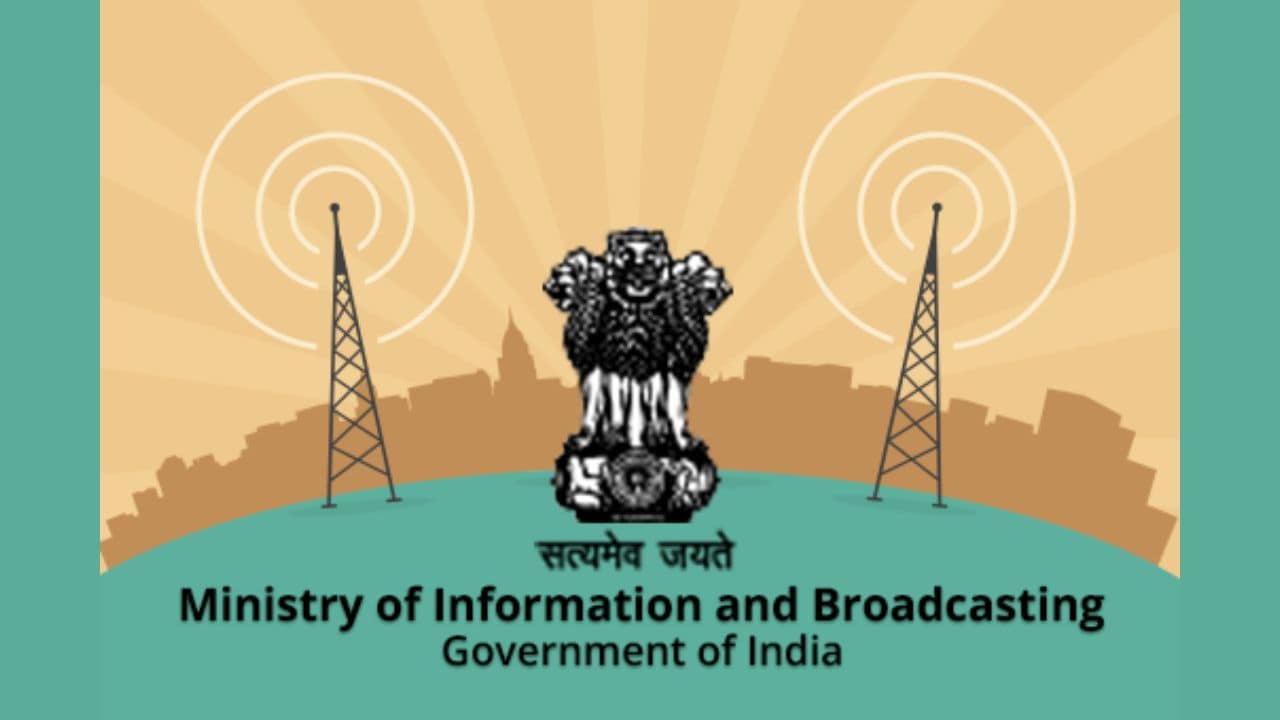In theory, advertisers’ Self-Declaration Certification (SDC) is a positive move since it strengthens responsibility and accountability. However, even with the best of intentions, there seem innumerable challenges for advertisers and ad agencies. The Supreme Court’s May 7 directive for advertisers to certify that their ads do not contain misleading claims and adhere to regulatory guidelines, has created immense confusion and raised concerns about the viability of the mechanism. This holds especially true for digital advertisers.
Consider this: Digital platforms like YouTube, Facebook, Instagram, X run lakhs of ads per day. As per TAM Media Research data of last year, nearly 34 crore ads were released in internet/digital media by 1,30,000 advertisers. In print 30 lakh ads were released by 1,51,000 advertisers and in TV 8.6 crore ads were released by 8,000 advertisers in a year.
Given numerous advertisers, both large and small, ensuring that every advertiser uploads a self-declaration form for every ad on every TV channel, print publication and digital platform on MIB’s Broadcast Sewa Portal before releasing any ad is a herculean task, especially for a large number of ads on digital platforms including ads by influencers.
“The crux for digital or social media posts is the time — how fast you are as an advertiser. Hordes of digital advertising agencies have cropped up in the country and each brand has been working with several agencies to participate and ride on every moment. With time being of essential importance, if there is a delay, it loses the charm and one may miss the bus,” notes Krishnarao Buddha, senior category head, Parle Products.
Not only the timeline for implementation is very tight, giving very little time to test the portal and the process, one needs to do an estimation of the sheer number of creatives which could be getting uploaded on a daily basis under digital advertising.
Will the portals be able to handle the load? That is another question. Ruppal Walia Sharma, Professor of Marketing, SPJIMR, says that while print and TV ads may be relatively easy to classify, digital media does not have very well-defined boundaries for communication pieces — especially social media posts.
“SDC is likely to be the most difficult to implement in the digital media where hundreds of iterations are run and optimised on a dynamic basis in response to performance. Moment marketing will also be difficult to carry out,” she says. The issue is likely to be taken back to court as there are many ambiguities on the requirements and scope of the SDC process, she adds.
The Ministry of I&B meeting with media and advertising industry bodies is scheduled for June 11 to address and discuss the issue of advertisers giving SDCs for broadcasting and publishing ads on TV, print, digital, and radio from June 18. It is said to include executives not only from Google and Meta but also from the Indian Society of Advertisers (ISA), the Indian Newspaper Society (INS), Indian Broadcasting and Digital Foundation (IBDF), Advertising Standards Council of India (ASCI), and Internet and Mobile Association of India (IAMAI), among others.
Stakeholders have highlighted that the practicalities of SDC pose significant challenges, especially for digital news publishers, in the background of programmatic advertising on digital media.
Programmatic advertising accounted for 42% of the total digital ad spends in the country, which is said to rise to 45% by 2025. In light of it, mandating advertisers or the agencies to upload SDC for each ad across publications (including those in different languages) is a formidable task, if not impossible, they said.
This would lead to delays in ad releases due to potential portal overloads or technical failures – which could prove to be counter-productive. Moreover, the advertisers or the agency isn’t even aware of which publishers will air the campaign in the programmatic advertising, it is being decided by the ad serving technology in real-time — again making it impossible to share the proof of uploading the ad with the publishers.
As per the guidelines, an authorised representative of the advertiser/advertising agency shall submit the SDC after signing the certificate on behalf of the advertiser/advertising agency. A valid mobile number and email ID of the applicant i.e. authorised representative of the advertiser/advertising agency, are prerequisites for uploading the self-declaration certificate.
The SDC mandate poses a significant challenge for digital advertisers who manage a high volume of creatives with short lifespans. Hence, implementing robust yet efficient SDC processes is crucial, says Smita Khanna, Chief Operating Officer, Newton Consulting India & Newton PR. Integration with existing advertising platforms for streamlined compliance checks is a potential solution.
“Additionally, allowing bulk accreditations or periodic reviews instead of per-creative certificates could maintain efficiency while ensuring compliance,” she shares.
Janani Kandaswamy, Senior Category lead – Brand Marketing, ITC, suggests that the only way for digital advertising to remain agile while self–regulating through an SDC is to have a customised rule that only the master theme (for a particular campaign) needs to be submitted on the portal. This theme would contain the broad message and the key visual and imagery that the brand wants to communicate across all its digital assets. B
By modifying the application of self–declaration to a campaign rather than a creative, the number of creatives has scope to reduce from a mind-boggling 100s to a more manageable 10s.
“The directive might even help digital marketers to find innovative ways to converge the ‘arch–rivals’ of performance marketing and content marketing by phasing out ad–hoc brand messaging and incorporating more consistent and coherent campaigns,” she points out.
India’s digital marketing eco-system is just coming into its own and stakeholders believe it would be crucial to find ways to adjust to the new realities without compromising on agility, innovation, creativity and local and international competitiveness in the long-run.
